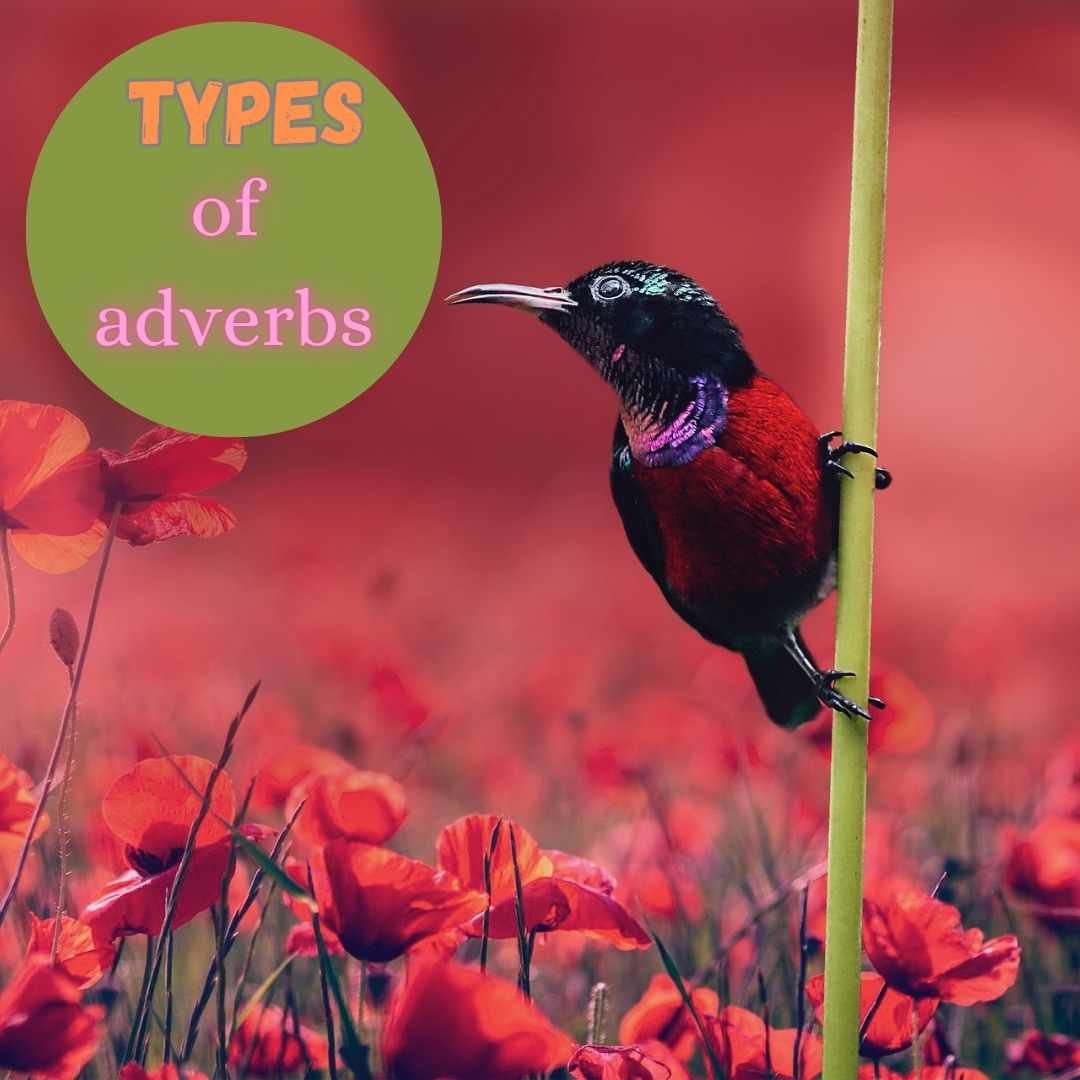Category: grammar

Prepositions
Prepositions are an essential part of grammar in many languages, including English. Prepositions are words that show the relationship between a noun or pronoun and other words in a sentence. They help clarify the location, direction, time, manner, or possession of the subject or object of a sentence. Here are some general grammar rules about prepositions:

How to place Adverbs in a sentence
Most of the adverbs:adverbs; always, often, seldom, just, never, yet, already, generally, sometimes, still, soon, once, ever and others, can indeed be used before the main verb in a sentence.

The Degrees of Comparison of Adverbs
Positive degree: The simple form of the adverb without any comparison. Example: She runs fast. Comparative degree: Used to compare two actions, showing a higher or lower degree of the adverb. Example: She runs faster than him. Superlative degree: Used to compare one action to all others in a group, showing the highest or lowest degree of the adverb. Example: She runs (the) fastest in the team.

The Categories of Adverbs
In linguistics, adverbs are words that modify or describe verbs, adjectives, or other adverbs, providing additional information about how, when, where, or to what extent an action or quality occurs. Adverbs can be classified into various categories, including simple adverbs and derivative adverbs.

What is an Adverb?
An adverb is a word that modifies or describes a verb, an adjective, or another adverb. Adverbs often answer questions like how, when, where, why, and to what extent. They add more information to a sentence and help to provide a clearer picture of the action or situation being described.